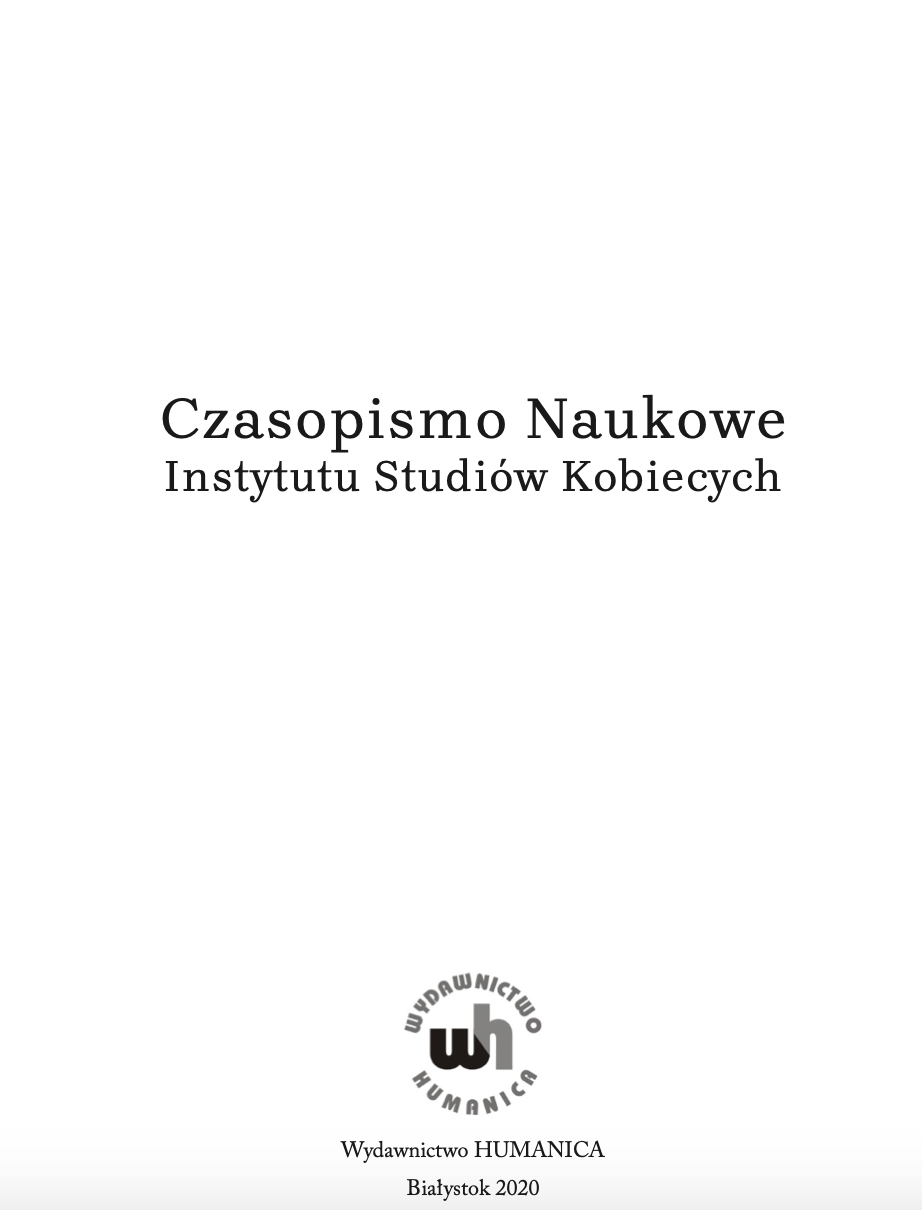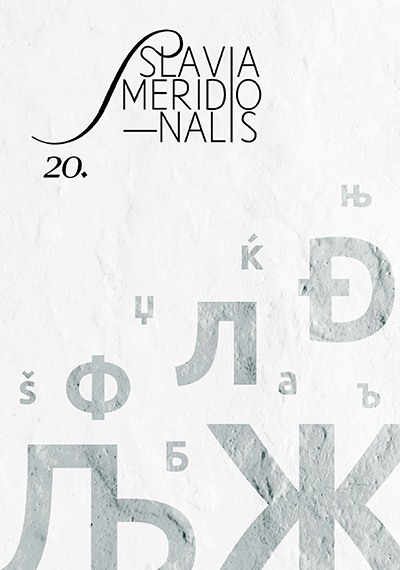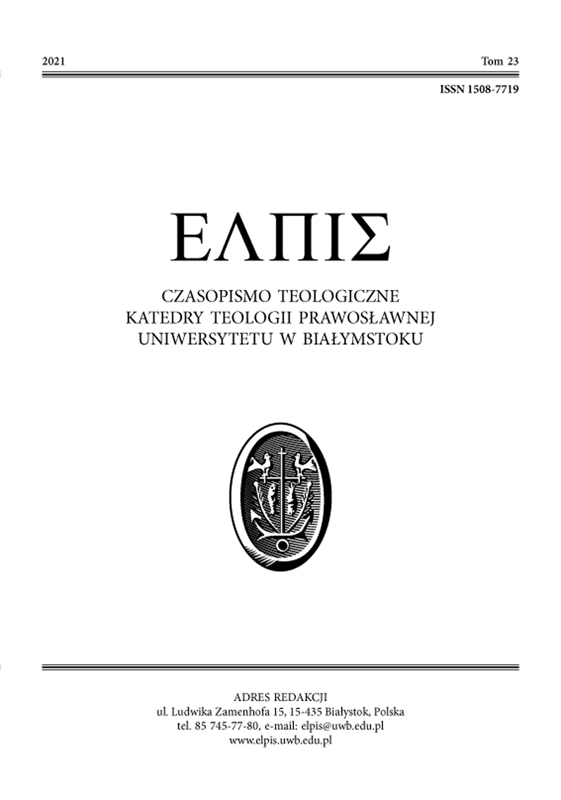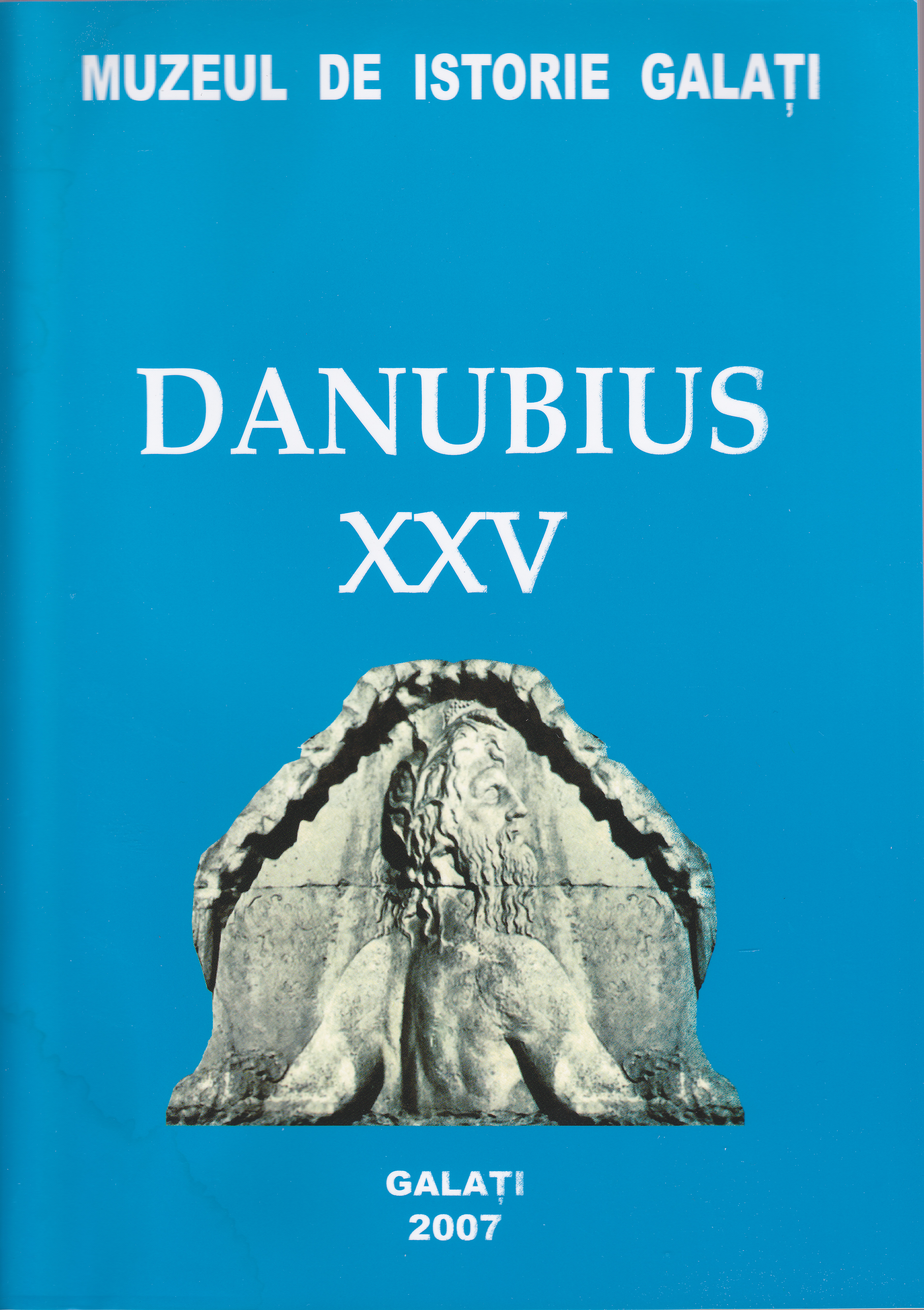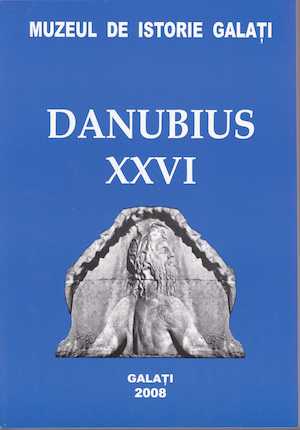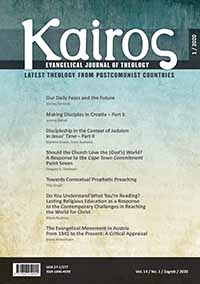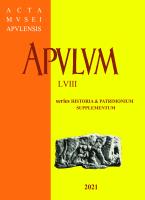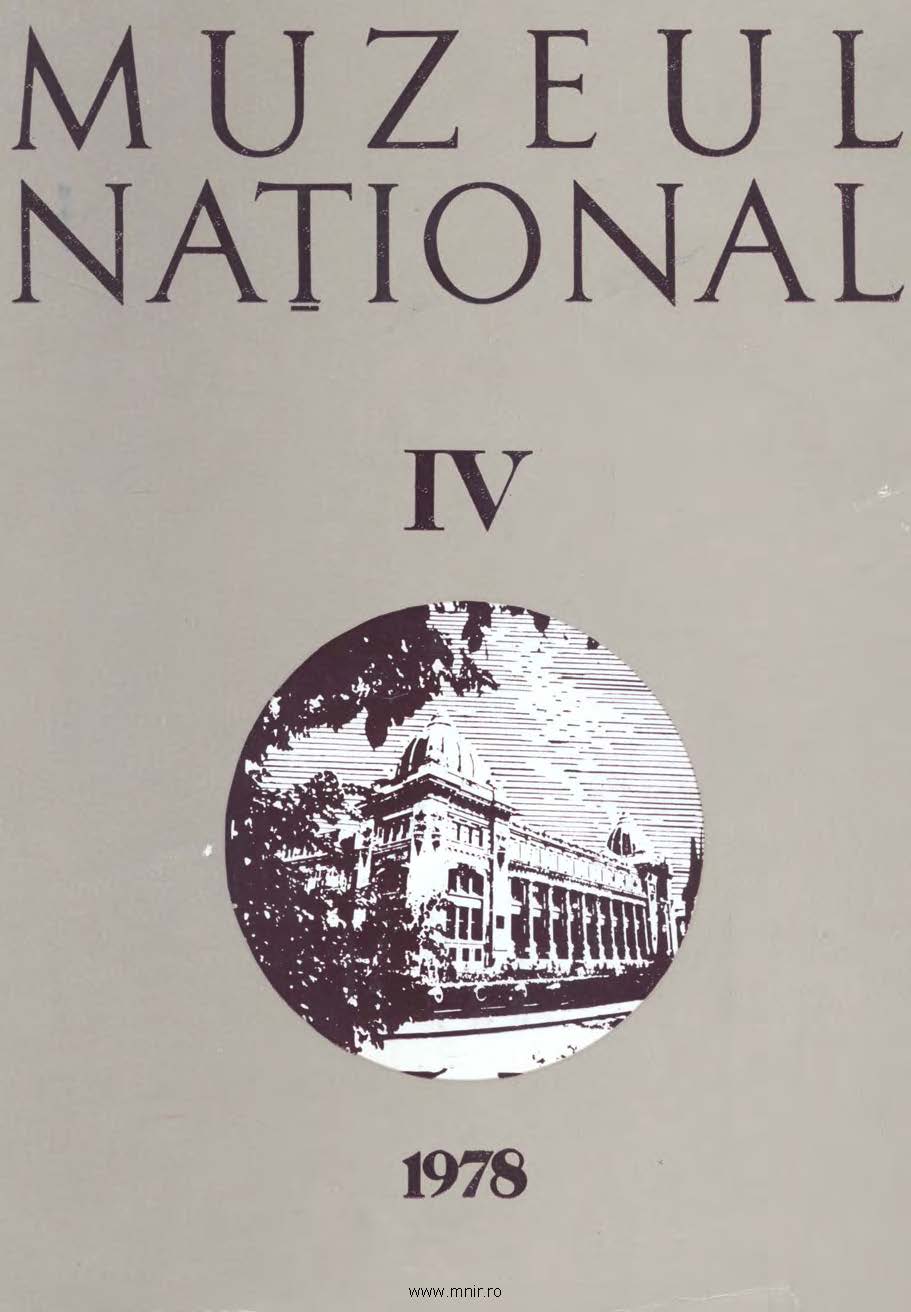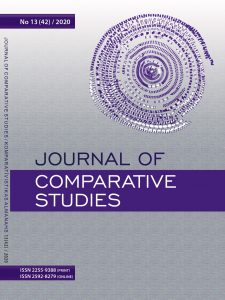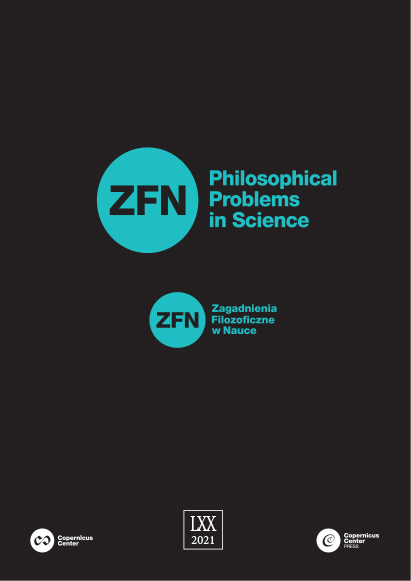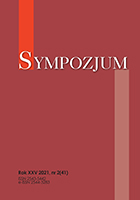Author(s): Izabela Lis-Wielgosz / Language(s): Polish
Issue: 3/2019
In the article, the phenomenon of yurodstvo has been recalled, which is a characteristic and perhaps the brightest realization of the Eastern Christian ideal of sanctity as a clear projection of its irrational or even specifically perverse potential. The examples which are quoted in the considerations and selected from a rich literary corpus (Old Russian, Old Bulgarian and Old Serbian), are colourful manifestations of sanctity in Eastern Christian terms, which can be defined only in a specific religious or socio-cultural context. For that reason, it was considered that this specially designed sanctity should be interpreted in the key of negative theology which is typical of the Eastern (Orthodox) Christianity. Also known as apophatic, this theology assumes the impossibility of a positive knowledge of God, which entails a specific helplessness of reason towards the phenomenon that exceeds all applicable established standards. In the discussed case, the reflection intentionally goes beyond the limits of exemplification of the sainted yurodstvo, since it also covers other types of sanctity, recognized and perpetuated in the Eastern Christian (including Church Slavonic) tradition, and shows the proximity of all projections of the so-called parenetic sanctity along with the relationship between the yurodstvo itself and eremitism and Monasticism. In this wide exemplification range, it seems justified that the incarnated sanctity of the yurodivy, a hermit or a monk, revealing itself in the socio-cultural reality in an unusual, incomprehensible or even perverse way, is an emanation of the numinous mystery which escapes the rational orders. This emanation should be, therefore, regarded as a phenomenon going beyond the boundaries of intellectual cognition, socio-cultural sphere, or a fixed standard.
More...

